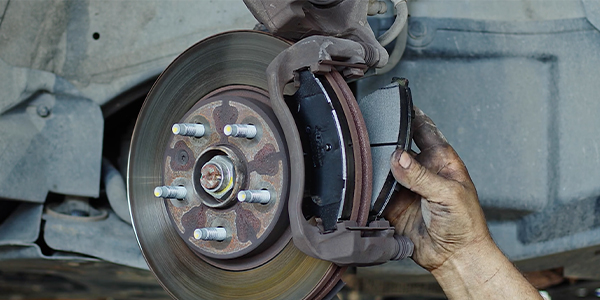As a shop owner, you’re tasked with maximizing productivity at every level of your operation. From parts suppliers to customer interaction to technician efficiency, you’re constantly looking for the best way to ensure success.
So when it comes to ignition-related drivability problems, are you taking advantage of all the opportunities you’re presented?
In modern engines with higher compression ratios and combustion chamber pressures, the timing of the spark event is critical to the formation of the flame front inside the cylinder. This is possible because the spark is controlled by an electronic signal to individual coils instead of a single coil connected to a spinning distributor. Also, the design of the spark plugs electrodes are designed to quench and dissipate the heat over a broader range of conditions inside the combustion chamber.
It’s critical that your team understand the importance of educating the customer on maintaining a properly functioning ignition system. This includes providing information about how ignition coil issues can impact engine performance, fuel efficiency and overall vehicle reliability.
Just as important as maintaining open lines of communication with customers, it’s vital that you provide your technicians the information – and products – they need to do the repair as efficiently as possible.
Some of the most common engines in operation over the past 25 years have high failure rates, and OE technical service bulletins often call for replacement of all the coils during service, not just one at a time.
In many cases, your technicians must remove the intake manifold to access the ignition coil, which adds additional labor costs to just replacing the coil. Often when one coil has failed, the others may not be far behind.
As an example of the efficiency of replacing all the coils, consider a 2011 Ford Escape with the three-liter V6 engine. Let’s say your shop has a $100 per hour labor rate. To replace a single coil will necessitate an hour of diagnostic time and 1.7 hours of installation for the right side or .6 hours for the left. On average, replacing one coil will total $270. Now, consider doing that individually six times – the total will be nearly $1300.
Replacing all of the coils in a multi-pack quantity, however, offers savings in both time and dollars. The same hour of diagnostic time, coupled with simultaneous upper intake manifold remove and install of 2.2 hours brings the total price to $320, a potential savings of nearly $1000.
Many OE applications require high ignitability spark plugs with electrodes made of platinum, iridium, or ruthenium from the factory. Downgrading the plug technology does not only mean that the replacement interval is now lowered, but you are downgrading the ignitability of the spark plug, which can result in poor performance and higher emissions.
Replacing a failed component in per car quantities and with OE QUALITY gives the customer peace of mind that they won’t have to be back for the same service again. You’ll restore their vehicle to like new performance and maximize your shop’s profitability at the same time.
Thanks for watching.
This video is sponsored by The Group Training Academy.













